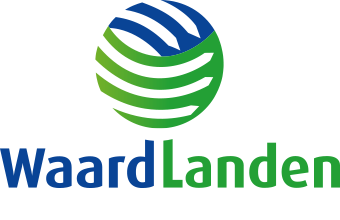Many residents have questions about waste and resources policy, waste separation and waste charges. This is understandable. That is why you will find answers to frequently asked questions on waste separation here.
Do you have another question? Ask us your question. We will do our best to answer your question to the best of our ability. And you help complete this list of frequently asked questions right away.






